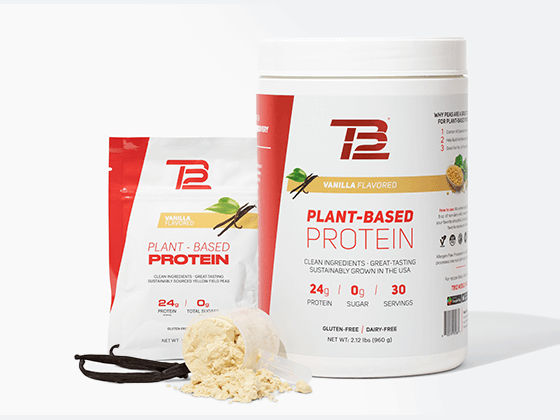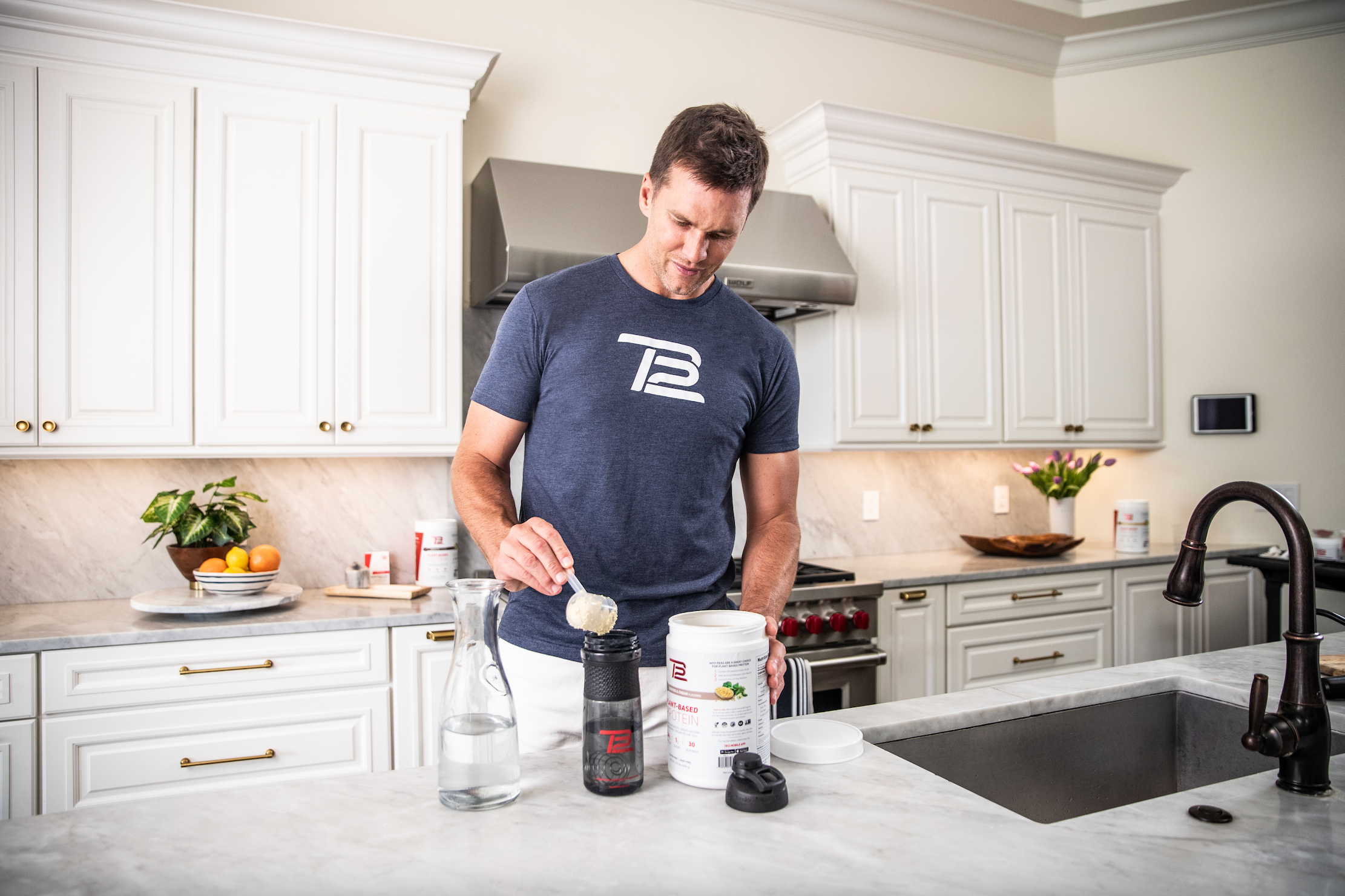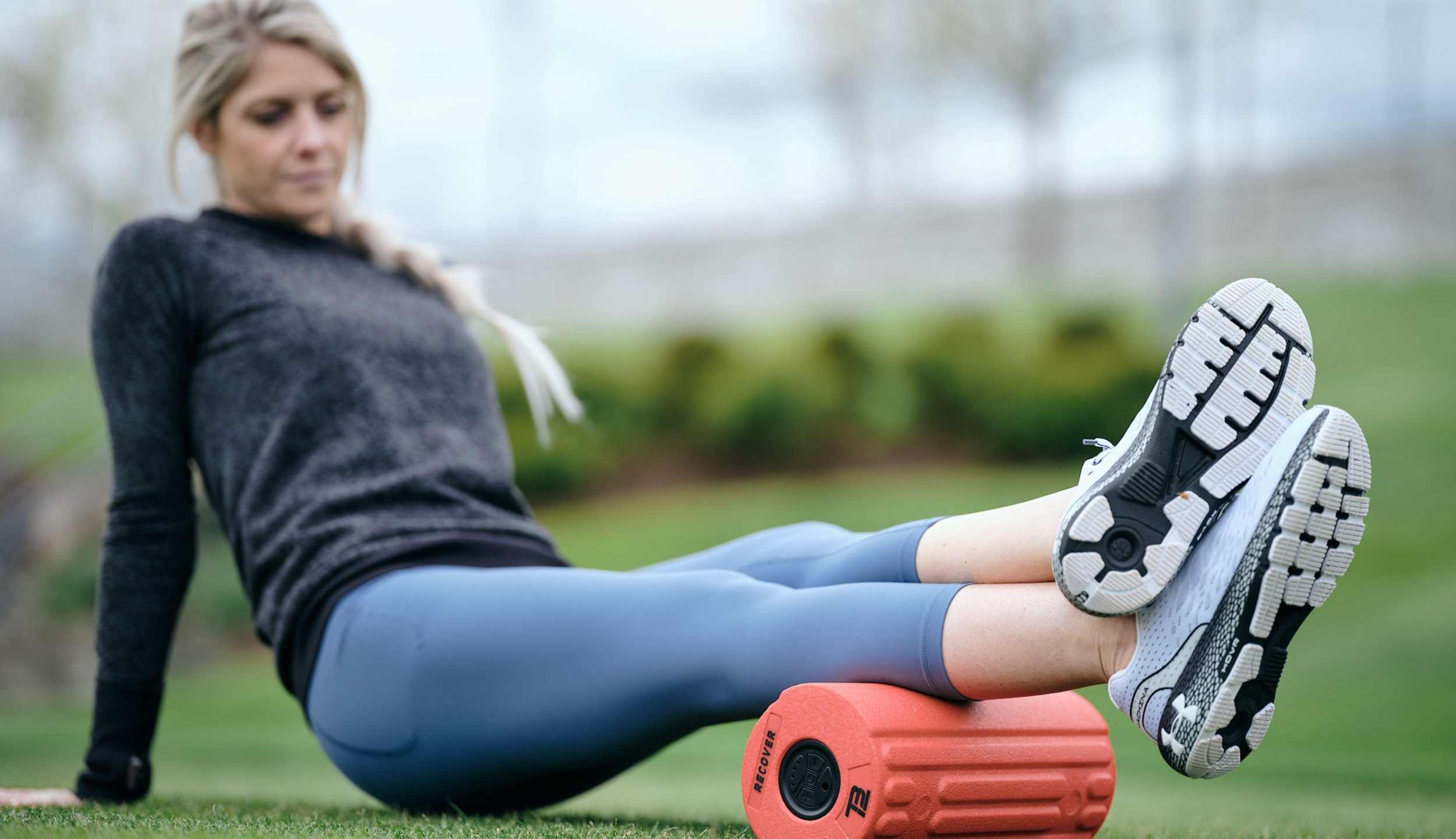
IT Band syndrome is a condition where the connective tissue that runs along the outside of the leg and across the knee gets inflamed. This will tend to occur when the muscles on the side of the hip aren’t strong enough for whatever activity is causing them to have to work harder. Very often this will come up when first starting to run, or if doing long hikes with a heavy backpack.
The pain may be at its worst when bending the knee or walking downhill – depending on how badly inflamed the area feels, it may be necessary to take a few days off from the activity to quell the inflammation. Here’s how to go deeper and treat IT band issues the TB12 way.
People with IT band syndrome are often just told to rest and foam roll the outside of the leg – though this regimen can help in the short term, it’s an incomplete treatment plan. In order to reduce the inflammation and prevent IT band issues from returning, it’s crucial to focus on strengthening and stabilizing the hips as well.
When there is weakness in the hip muscles, the IT band and its muscle attachment – the TFL –try to make up for lack of stability elsewhere by becoming overactive and working harder than usual during activity. Over time, this will cause an increase in tightness and result in pain in either the side of your hip, leg or knee.
It’s important to repeat that the connective tissue and muscles have tightened up because they aren’t strong enough for what is being asked of them. So foam rolling along the outside of the hip and thigh is crucial to loosen up the tissue tightness. Secondly, the abductors of the hip need to be strengthened! Doing the exercises included here is a great way to prepare the muscles for a return to full activity.

Areas to Foam Roll:
- Gastroc (calf) – The gastroc goes from the foot to the knee and is important with all activity so make sure it is pliable is key to proper movement. The outside of the calf tends to be more tight in these individuals
- Hamstrings – Playing an important roll at both the knee and the hip it helps to maintain pliability. The inside of the hamstrings tend to me more tight in these individuals.
- Adductors – The muscles on the inside of your leg play a big role in hip stability and the ones ability to load their hips side to side. Individuals with ITB syndrome typically can experience increased tightness on the adductors of the opposite leg
- Quads – Big and strong thigh muscles that can change the way your hips move so it is important to make sure they stay lengthened and pliable
- TFL (front of outside hip) – The beginning part of the ITB. It is best target with our TB12 Vibrating Pliability Sphere as it is smaller and easier to roll out with
- Glutes – Biggest and strongest hip stabilizer so it is important to maintain pliability
Exercises:
Banded Glute Bridge (can be done without the band, but best if you have one!)
A mini session may look something like this:
- Foam roll Hips/Posterior for 1 min on both sides
- Foam roll Outer Thigh for 1 min on both legs
- Banded Glute Bridge 20-30 reps
- Single Leg Glute Bridge 5-8 reps per leg
- Side Plank 20-30sec both sides
- Lateral Band Walk
- Repeat exercises 3-6 for three total sets
- Foam roll Hips/Posterior for 1 min on both sides
- Foam roll Outer Thigh for 1 min on both legs.
Be sure to also stay on top of your hydration! Well hydrated tissue will be much more pliable and less tense when moving across the knee. While inflamed, it’s best to limit the number of things that cause inflammation. Eating a plant based diet of wholesome organic ingredients will help to ensure that the body is getting the required nutrients it needs to rest & recover & return back to doing what you love!!





